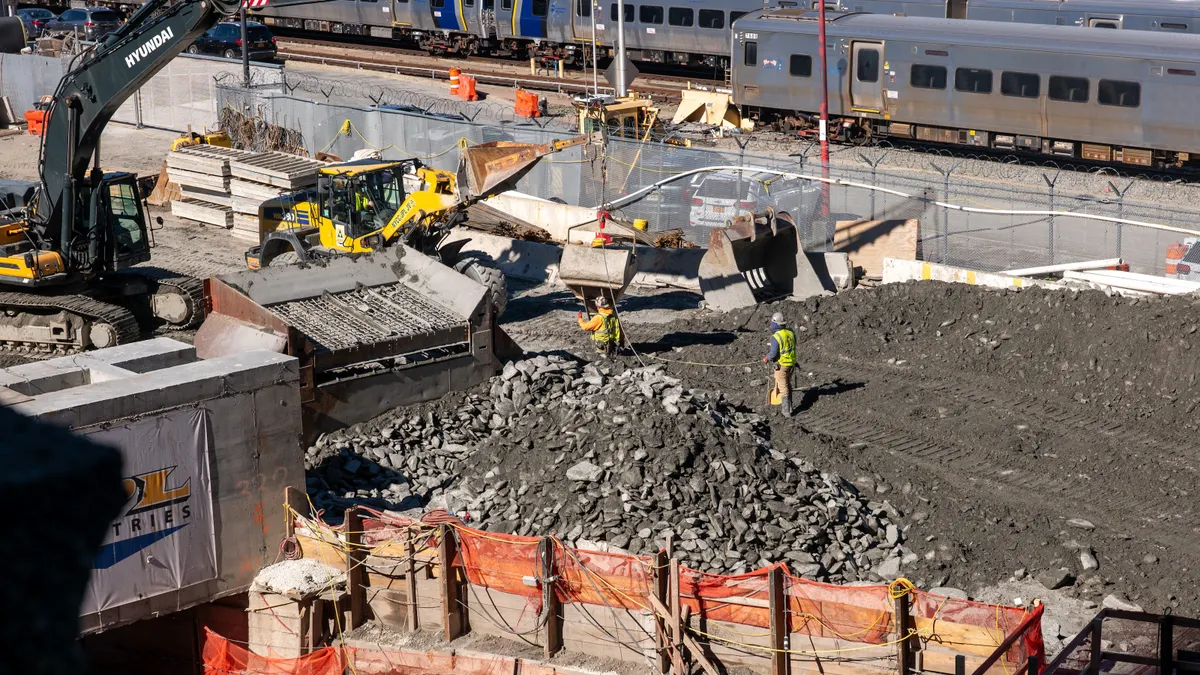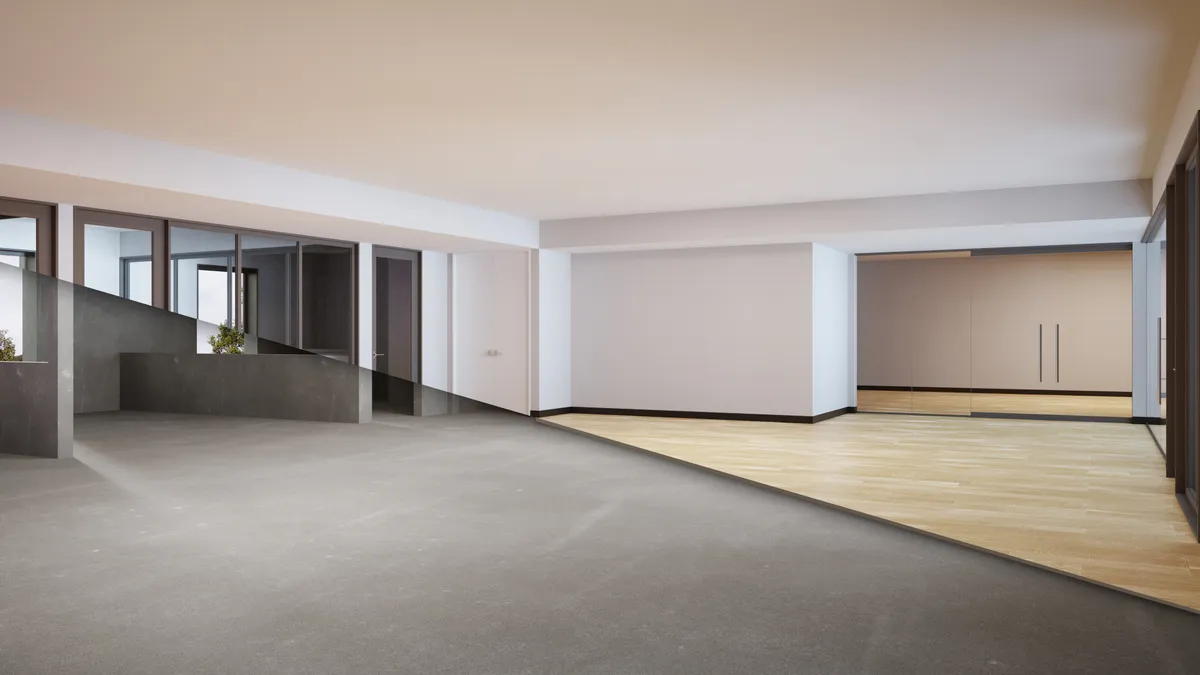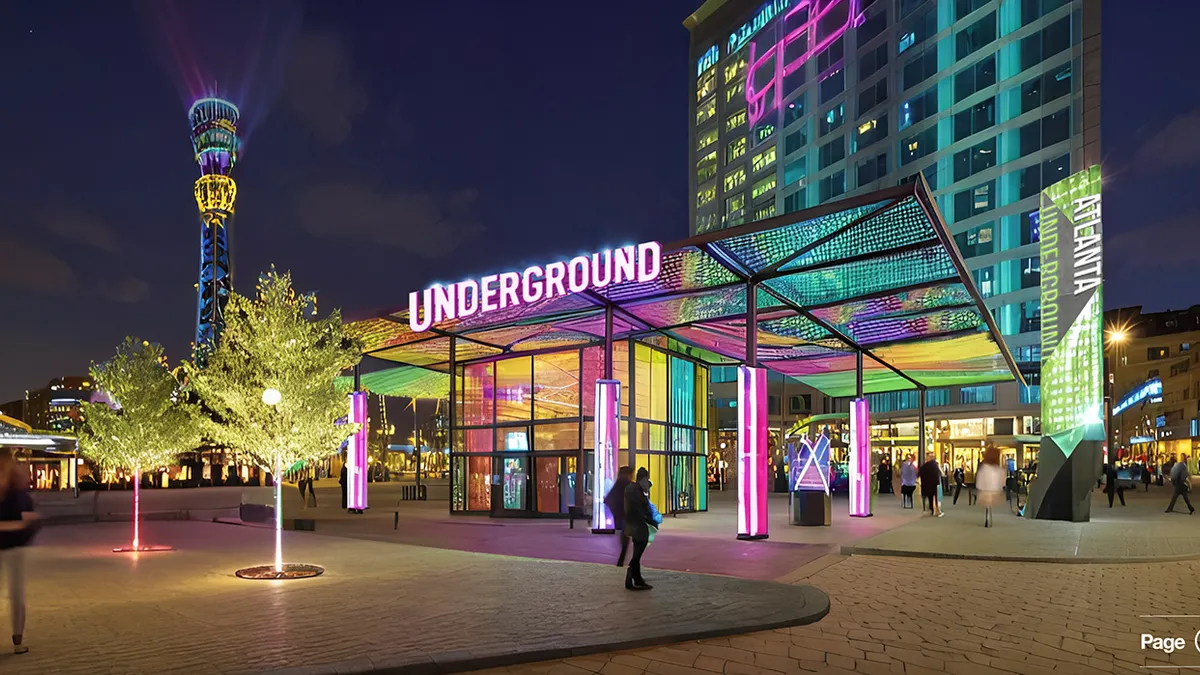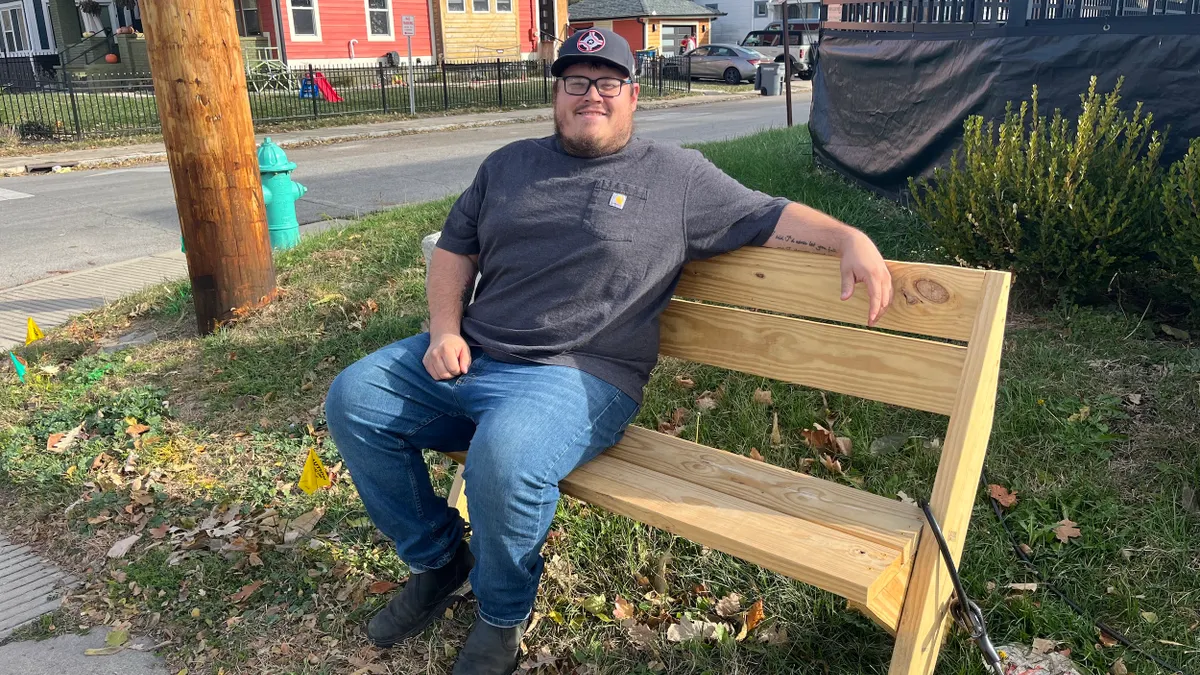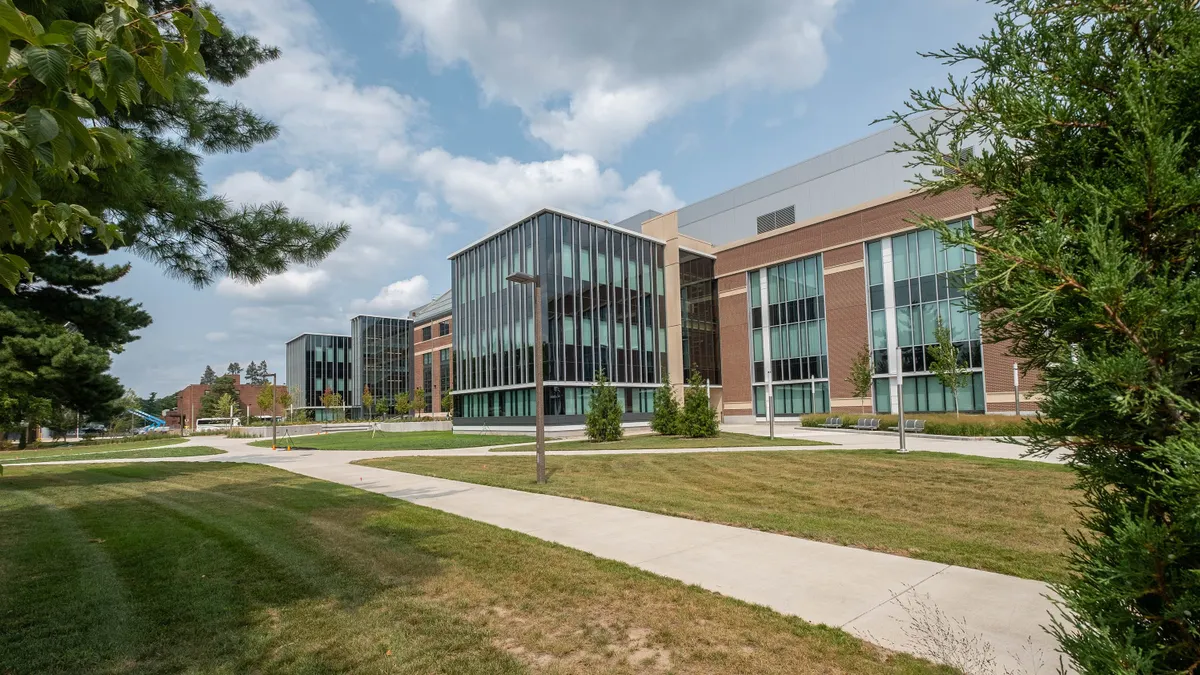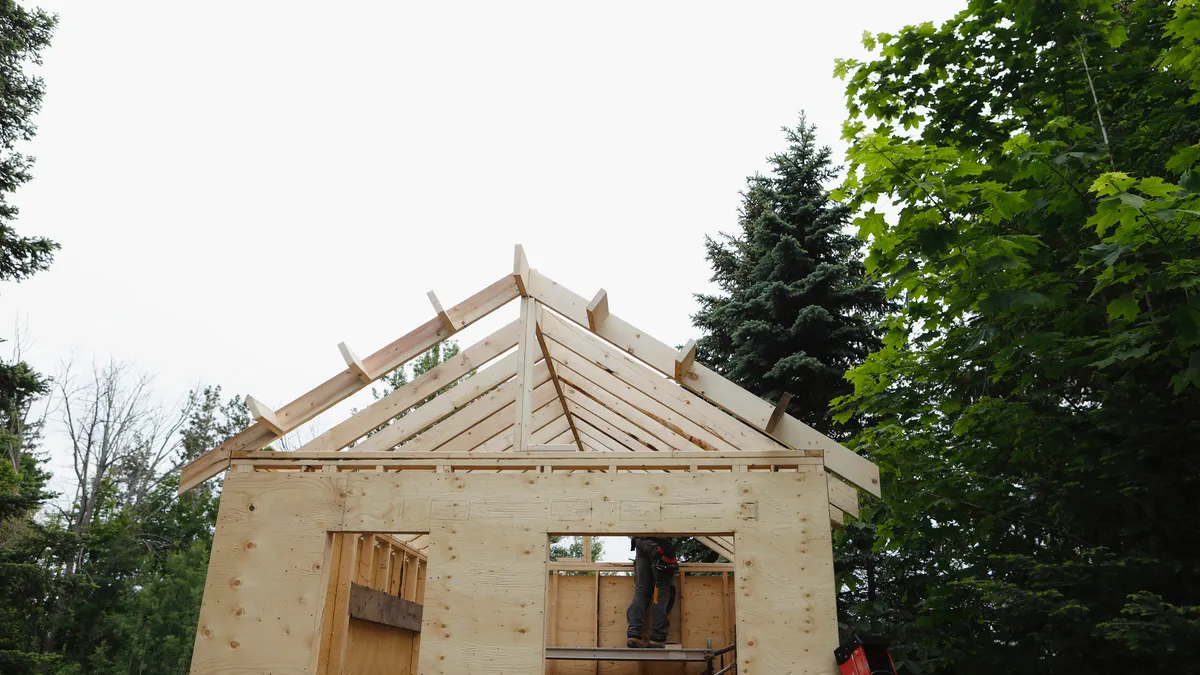Editor's Note: The following is a guest post from Demetrios Barnes, COO of SmartRent.
Believe it or not, indoor plumbing was slow to catch on. When it was introduced in the 1800s, the modern flush toilet or "water closet" seemed like a newfangled home feature, not a system to be widely adopted in homes around the globe.
Then came the cholera outbreaks. With a new awareness that urban living conditions could impact public health, cities implemented sewage systems to promote sanitation, ultimately leading to indoor plumbing. It was this pandemic that led to toilets becoming a standard feature in housing.
Pandemics have historically jumpstarted city innovation, and coronavirus (COVID-19) is no different. It’s been predicted that smart cities will see eventual benefits from the pandemic in the areas of transportation and 5G infrastructure, but we can’t forget about smart housing.
More people than ever are living in cities, which has resulted in millions of urban dwellers crammed into outdated housing. When it comes to addressing new needs in remote work, transportation and energy efficiency, most multifamily buildings are downright archaic. The current pandemic has also led to a spike in short-term moves — a sign that many people are finding that their urban apartments are no longer sufficient for post-COVID lifestyles and health priorities.
Past pandemics have always been a time of reinvention for urban housing. Today’s pandemic signals that it’s time once again for property developers to think about a new standard of living to promote healthier living spaces.
Past pandemics: Adapting to new housing needs
When it comes to pandemics and urban living improvements, history has repeated itself. With each illness, we’ve gained a new understanding of how housing impacts our health.
In addition to earlier examples of modernization in the wake of cholera outbreaks, tuberculosis outbreaks also led to innovations in sand filtration and chlorination systems to clean water supplies. By the 1900s, many large industrial cities in the U.S. enacted codes requiring toilet rooms in every apartment building unit.
The 1918 Spanish flu pandemic contributed to better ventilation standards. After that pandemic, public health officials recognized that closely packed urban housing was a factor in the spread of disease. A heightened awareness of how the airborne flu spread encouraged new developments in open spaces and air circulation. Builders started adding porches and windows to houses, and subsequent legislation in the U.S. required all apartments to have fire escapes, three-foot-wide hallways and private bathrooms.
Housing trends have reflected health trends over time as we continue to adapt to new knowledge of disease prevention and technological evolution. Each pandemic has shown us something new about what residents need in their housing.
A new opportunity to re-evaluate urban living
The housing amenities that were working for us a year ago now seem somewhat outdated following COVID-19. This crisis dramatically changed our daily behavior patterns from where we work, to how we get around, to how we shop — and many of these patterns are likely to be permanent.
- We're driving our own cars: COVID-19 spurred more car ownership, as urban residents rethink public transit and shared rides. Many multifamily properties — especially those in urban areas located near public transportation — will see an increase in residents who need parking.
- We're working from home: The seismic shift to remote work has created the need for high-speed internet and reliable Wi-Fi access in our homes, but not everyone has this amenity. In fact, 62 million Americans in urban centers can’t access fast internet.
- We're ordering online: The pandemic accelerated the shift to online shopping by five years, with e-commerce projected to grow by nearly 20% in 2020.
- We want less contact: Even before the pandemic, contactless building entry was becoming more common. Now, it’s not just a “nice-to-have,” but a health concern.
- We're more energy-conscious: With people at home more than ever before, they’re not only looking to cut down on energy costs to save money, but also to help maintain the environmental gains made during COVID-19.
The new standard of living will look smarter
The timing is right for housing innovation, as the fire escapes and flush toilets of yesterday are giving way to the smart home solutions of tomorrow. Back in the 1800s, plumbing was the new technology we had at our disposal. Today it's the internet of things (IoT). Smart sensors and data-driven insights make it possible to implement the post-COVID solutions we need.
For instance, to adapt to the increase in car ownership and private transportation, smart parking will become the new norm. Smart parking solutions enable interactive maps for live space availability, digital parking meters and parking sensors for real-time occupancy. IoT also enables housing updates that address sustainability needs, with smart thermostats, smart lighting and leak sensors, all of which limit waste and allow better control of energy consumption.
In the same way the Spanish flu taught us about ventilation, COVID-19 has made contact-free spaces a priority. Keyless entry and fob access will be the new standard in apartments, as residents look for contactless buildings with touch-free amenities. Renters and homeowners are also finding their homes and apartments virtually or through self-guided tours to limit contact.
Property owners will also need to aggressively adopt structural changes. As more residents work remotely, access to high-speed internet will be critical, and properties can take the lead in adopting broadband infrastructure. Developers should also start thinking about how to optimize spaces for work and livability, like creating designated office spaces instead of open floor plans. Additionally, the mail room in apartment complexes will give way to solutions like in-unit delivery, with the influx of online shopping and home deliveries.
As with many other long-overdue movements, COVID-19 is accelerating the adoption process for smarter urban living. Necessity is the mother of invention, and this pandemic has created new necessities for urban residents.
In response to COVID-19, apartment complexes and building managers have a major role to play in pushing innovation forward. In the same way past developers imagined wider hallways and better ventilation, building developers are today imagining smart parking and contactless entry.
Today's property owners and technology leaders have an opportunity to rethink the way urban residents will live a post-pandemic future — and some of those changes are happening now.






